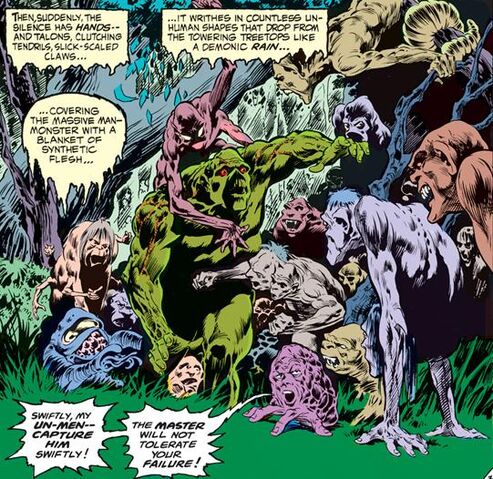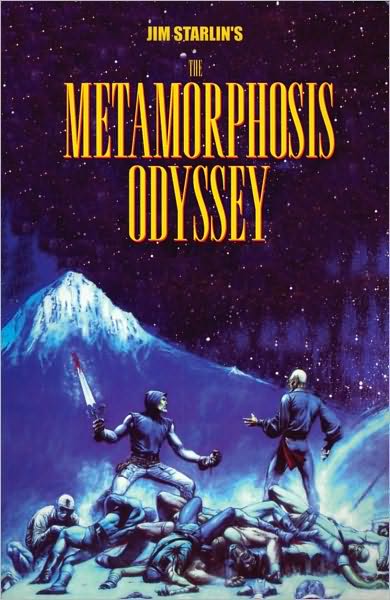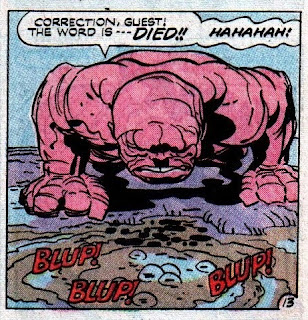An orphaned Secret Santicore request in 2013 was for “better draculas.” This cryptic request I interpret in as referring to D&D’s propensity of turning unique creatures from mythology or fiction into a class of creatures. This blogpost was the result.
With that in mind, here are some dracula variants:
DRACULA, AQUATIC
Aquatic draculas haunt sunken funeral ships or castles submerged by some natural or manmade upheaval. Draculas are restrained by running water, but relatively still lakes, inlets or lagoons provide a place where they may be active at least some of the time. Aquatic draculas are unable to summon rats, bats, or wolves, but crabs, sentient seaweed, piranhas, and unsavory otters are an option.
DRACULA, ANIMAL
Merely vampiric animals (besides bats) are impossible, but the power of a dracula’s curse is such that even beasts must succumb. Dracula dogs are the most common variety, but even cows have been known. Dracula animals have HD 7 and all the usual vampiric powers and weaknesses, plus whatever innate abilities they possessed in life. Magical animals may not be dracula-ized. (An alternate version of the hellcow appears here.)
DRACULA, LOVELORN
Some draculas ache for a love lost and often mistake some woman or another for this long dead inamorata. The charm ability of the lovelorn dracula often convinces the woman in question that she is indeed a reincarnation. Lovelorn draculas are mechanically identical to the standard version, but they are often hunkier and have flowing locks and a penchant for going shirtless. They seldom bother with summoning vermin, though they probably can.
DRACULA, NOSFERATU
These draculas are hideous and vaguely rodent-like in appearance. They lack the suave demeanor other draculas affect: they are either testy and animalistic, or creep- pathetic and lonely. They have a special affinity for vermin and can summon twice the usual number of rats. They also tend to bring plagues where they go and can cause disease. When exposed to sunlight they fade away rather than turn to dust.
DRACULA, OTHERWORLDLY
This dracula violates the "mostly male" rule. These draculas are mostly female and their foreignness comes from being from another world or plane where blood flows like water. They have none of the shapeshifting or animal summoning powers of usual draculas, but make up for it with HD 9.
DUST OF DRACULA
After a dracula dies, they turn to a reddish powder. This dust can be collected and made into a beverage when mixed with wine and human blood. When this potion is consumed, the imbiber must save vs. polymorph or painfully transform into a duplicate of the dracula whose dust was used.


























































